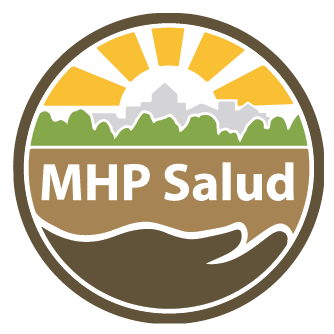Chronic Illness News and Updates
CHWs Assist MSAW Communities with Overcoming Barriers to Diabetes Management
Although their work requires tremendous physical labor and extended shifts, MSAWs are at a higher risk of developing chronic health conditions.
Blog Topics
Diabetes Management and Oral Health
Diabetes can also affect oral health. If you live with diabetes, it is essential to pay particular attention to your oral health and dental care and keep your blood glucose levels in the target range.
Familismo & Fatalismo: How Cultural Beliefs Affect Health Care
Diabetes is a chronic disease that affects millions of Americans. In addition to everyday tasks, people with diabetes require self-management of daily glucose levels, meals, physical activity, and medication to keep healthy. Hispanic/Latinos are the largest non-white group in the United States and have the highest rates of Diabetes as compared to other ethnic groups; this can be related to the lack of healthcare, genetics, obesity rates, insulin resistance, lower economic status, and sociocultural factors.
Diabetes and Stress: Reimagining Health Education Intervention Strategies
Traditional health education strategies used to prevent and treat diabetes can be reimagined to account for distress.





